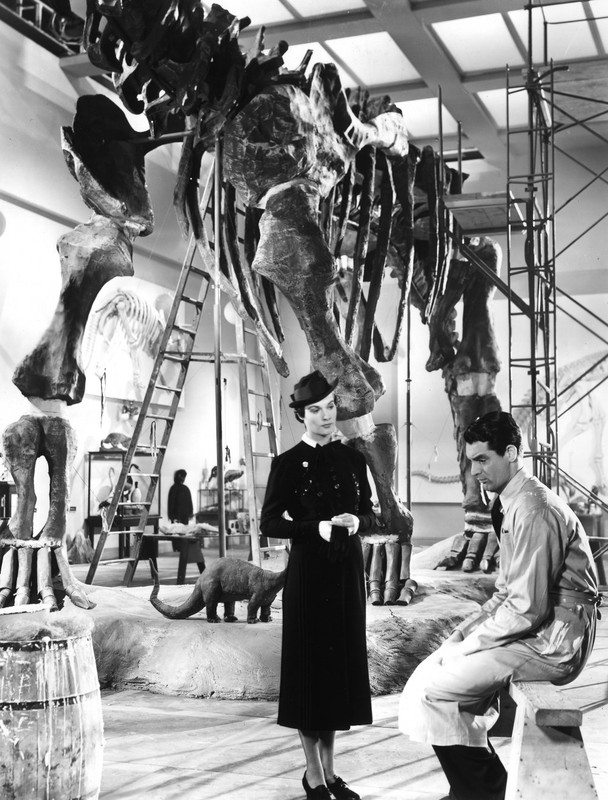Photographer whose stylish images helped define the spirit of the swinging 60s
Eamonn McCabe
guardian.co.uk
Sunday 6 June 2010 17.58 BST
The photographer Brian Duffy, who has died of pulmonary fibrosis aged 76, captured the swinging 60s in a series of stylish and iconic images, but then disappeared from the world of glamour for 30 years. With David Bailey and Terence Donovan, he broke the mould of fashion photography. The three men became far more famous than many of the models with whom they worked, and were – for a while – bigger than the glossy magazines that published their pictures. The photographer Norman Parkinson called Duffy, Bailey and Donovan the "black trinity". There was some merit in the label. The cravat-wearing old guard felt threatened by these freewheeling young men in leather jackets, who took their models on to the streets and snapped them with newfangled, small 35mm cameras.
Duffy was argumentative and awkward, but never grumpy, as he is often portrayed. Bailey remembers him being "sublime at solving technical problems". He expected high standards from everybody around him, but he liked his models to have a drink, and even to sing when they were being photographed. "He was very scary, but he was the business," recalled Joanna Lumley, who posed for him in the 1960s.
Nobody ever called any of the three photographers by their first names. Unlike Donovan and Bailey, Duffy was not born in the East End. One of five siblings, he grew up in north London with his Irish parents. One of his sisters died of meningitis at the age of three. His family moved to East Ham when he was five.
His education did not run smoothly. However, one of the schools he attended ran a scheme to introduce troublemakers to culture, including trips to art galleries. This led Duffy to apply to St Martins School of Art, in 1950, with the intention of becoming a painter. Once there, he was stunned by how good the other students were and switched to dress design, influenced largely by the number of good-looking women on the course.
In the mid-50s, he began freelancing as a fashion artist for Harper's Bazaar where he became fascinated by the photographic contact sheets passing through the art department. He failed to get a job with the studio photographer John French (who was later to hire Bailey) but got a start as an assistant at Carlton Studios. As restless as ever, he joined Cosmopolitan Artists and then worked as assistant to the photographer Adrian Flowers. He got his first photographic commission from Ernestine Carter, then the fashion editor of the Sunday Times. In 1957, he was hired by Vogue, where he remained until 1963. There he worked with the top models of the period, such as Jean Shrimpton.
Duffy also liked the challenge of advertising work and shot award-winning campaigns for Smirnoff vodka and Benson and Hedges cigarettes in the 70s. One Benson and Hedges advertisement featured a huge cigarette packet and a tiny mouse hole, all done before the days of computerised image manipulation.
In 1979, after being told by an assistant that the studio had run out of toilet paper, Duffy flipped: "Do I have to worry about things like this?" He later admitted to having a breakdown of sorts. He gathered up all his negatives and tried to burn them in the front garden. They were slow-burners and smoke billowed over Swiss Cottage, north-west London. The council was soon in attendance, and many images were saved.
Myth has it that Duffy then ran an antiques store in Islington; in fact he opened a workshop in Camden, where he restored 18th-century furniture to his own high standards. He trained for three years to join the British Antique Furniture Restorers' Association and often lectured on furniture restoration for the association.
Last year, the first exhibition of Duffy's work opened at the Chris Beetles gallery in central London. In an accompanying BBC Four documentary, The Man Who Shot the 60s, Duffy was asked how he would like to be remembered. He answered with a mischievous smile: "He wasn't as steady as a tripod."
He is survived by June, two sons and two daughters, and nine grandchildren.
David Puttnam writes: Brian Duffy was far more than a gifted photographer; he was a uniquely constructive "social anarchist" who, through sheer force of personality, helped push the stultifying conservatism of the 1950s into permanent retreat. They may not know it, but every participant in what today would be referred to as the "creative industries" will be forever in his debt. Being around Duffy could be explosive and even alarming; but it was never, ever, dull.
How can I ever adequately thank the person who, with his wife June, opened the window to a whole set of possibilities that, in north London of the early 60s, seemed entirely unattainable? He questioned the validity of everything and was courageous enough to challenge just about every received convention he ran up against. In some, that can be an insufferable trait, but in Duffy it was nothing short of inspirational; it allowed those he influenced to develop the type of informed self-belief that can move mountains.
Irreverent, loving and irresistible, he was unquestionably the brightest person to illuminate the young life of my family and myself.
Brian Duffy, photographer, born 15 June 1933; died 31 May 2010
http://www.guardian.co.uk/artanddesign/2010/jun/06/brian-duffy-obituary









No comments:
Post a Comment